Usman Haider
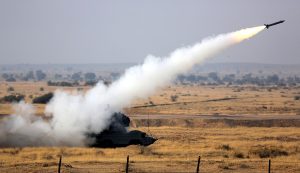
An OSA-AKM mobile surface-to-air missile is fired during Exercise “Iron Fist 2013” at Pokhran Firing Range, Jaisalmer district, Rajasthan, India, on Feb. 22, 2013.Credit: Indian Ministry of Defense
The Indian government is set to announce the establishment of long-awaited integrated theater commands (ITCs) in the upcoming weeks. After months of discussion, the Indian tri-services have in principle agreed to 99 percent of the working framework for proposed theater commands. Moreover, India’s present chief of defense staff, General Anil Chauhan, recently hinted at the establishment of ITCs while addressing India’s elite scientific community in Delhi, by asserting that “in the national security realm, the concept of theaterization is a fundamental change that is on the anvil,”
If the implementation phase commences in August as reported, it would enable the Indian military to effectively deploy the army’s Integrated Battle Groups along Pakistan’s border in synergy with Indian Air Force (IAF) assets, thus affecting Pakistan’s national security by eroding conventional deterrence.
The concept of integrated theater commands was first formally proposed by the Shekatkar Committee in 2016, which identified the lack of jointness within the Indian military as a concern. The committee’s report recommended the establishment of three integrated commands: southern, western, and northern.
The recommendation got a jump start once General Bipin Rawat took over the office of the chief of defense staff. Rawat eagerly supported ITCs and proposed five commands, two more than the original idea. He fervently advocated for the creation of theater commands and secured popular support.

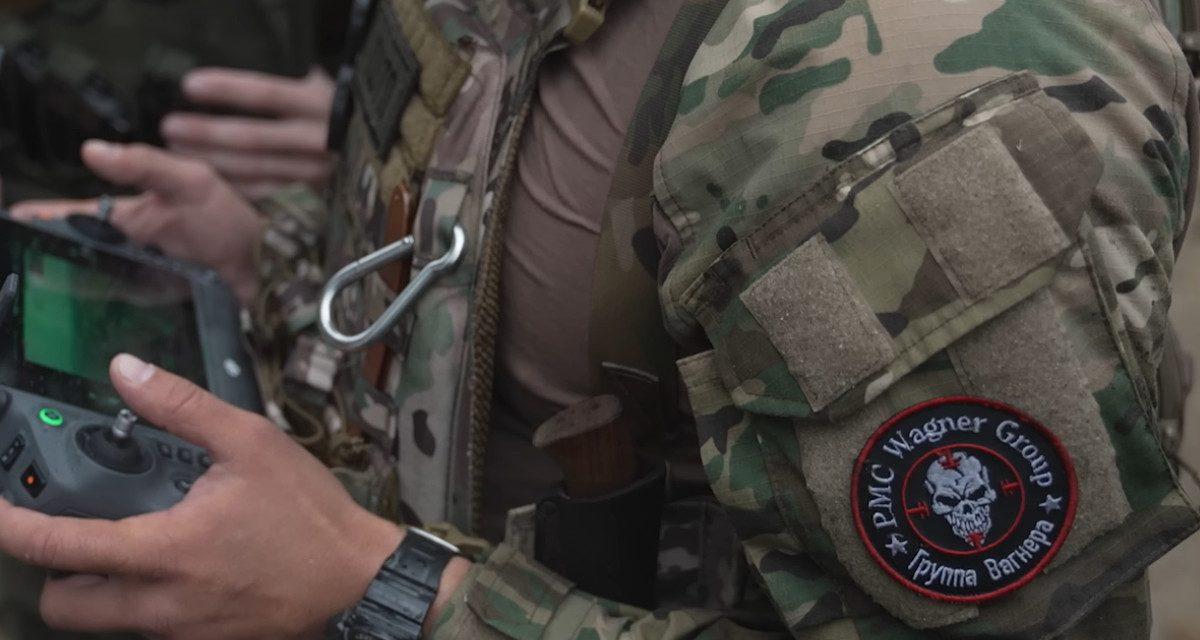




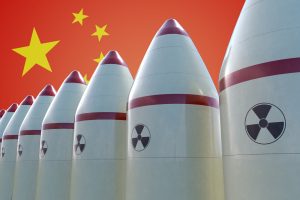



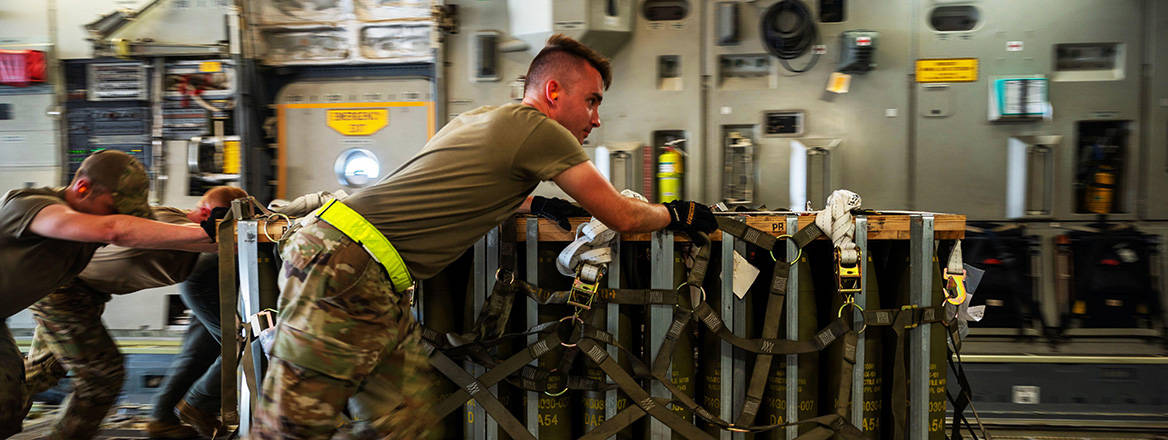
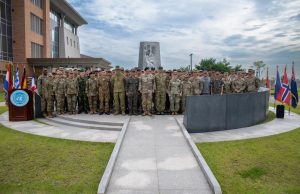
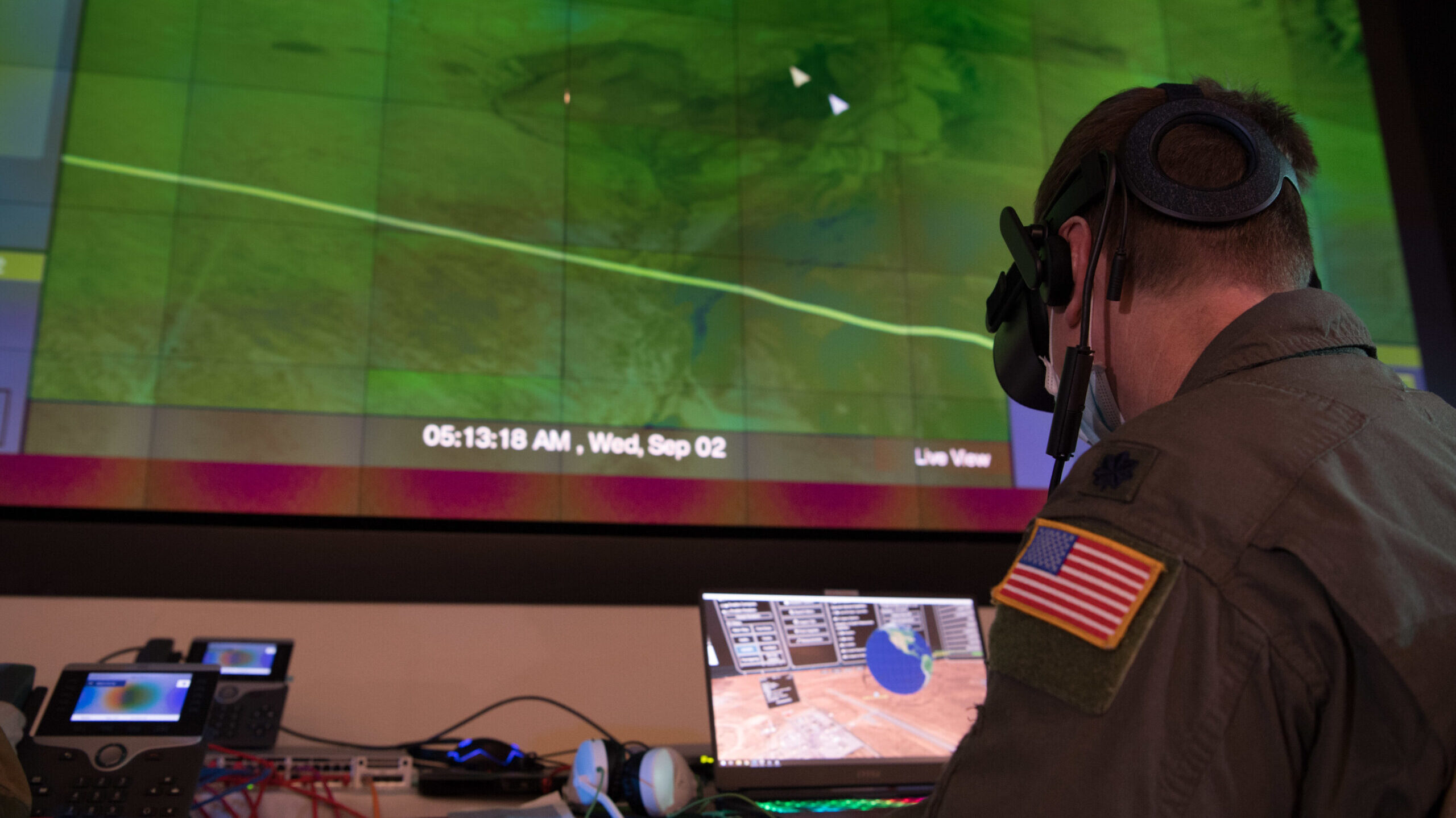

:quality(70)/cloudfront-us-east-1.images.arcpublishing.com/archetype/TIDOGRVH2VFNFI6SPS44R57J4E.png)
